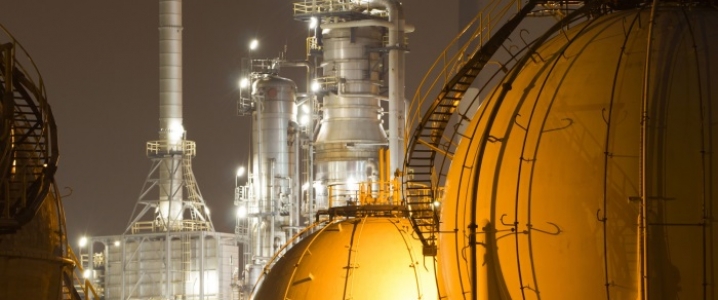The United States saw its crude oil and liquids demand jump in 2018 at its fastest pace in over a decade on the back of growing petrochemical plant capacity that uses increased volumes of ethane from shale, according to BP.
U.S. oil demand grew by 500,000 bpd, or 2.5 percent, to 20.46 million bpd last year, S&P Global Platts quoted BP as saying in its 2019 Statistical Review of World Energy.
Production of oil and natural gas liquids (NGL) from shale plays in the United States rose by 2.2 million bpd in 2018, according to BP’s review.
“In case there was any doubt, the US shale revolution is alive and kicking,” BP’s chief economist Spencer Dale told reporters ahead of the presentation of the statistical review, as carried by Platts.
Petrochemicals are set to become the largest drivers of global oil demand, in front of cars, planes, and trucks, the International Energy Agency (IEA) said in a study in October 2018. Petrochemicals are expected to account for more than a third of the growth in global oil demand to 2030, and nearly half the growth to 2050, according to the IEA.
In the U.S., the petrochemical industry has benefited in recent years from greater feedstock availability and lower prices of ethane on the domestic market, the EIA said earlier this year.
U.S. exports of ethane surged from almost zero back in 2013 to an average of 260,000 bpd during the first 10 months of 2018, representing one-sixth of all U.S. hydrocarbon gas liquids exports.
In 2015, the United States became the world’s top exporter of ethane—a key feedstock for petrochemical manufacturing—surpassing Norway, the only other country to export ethane, according to the EIA.
In September last year, the American Chemistry Council (ACC) estimated that since 2010, the U.S. chemical and plastics industry had announced 333 chemical industry projects valued at a combined US$202.4 billion.
By Tsvetana Paraskova for Oilprice.com



